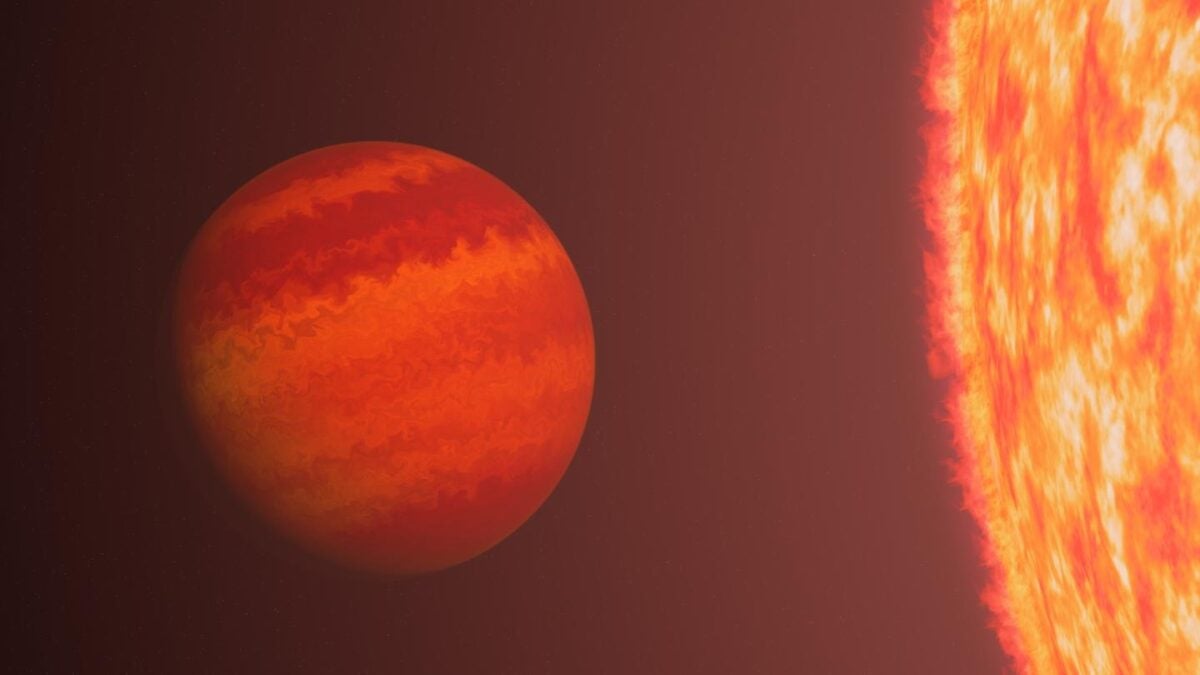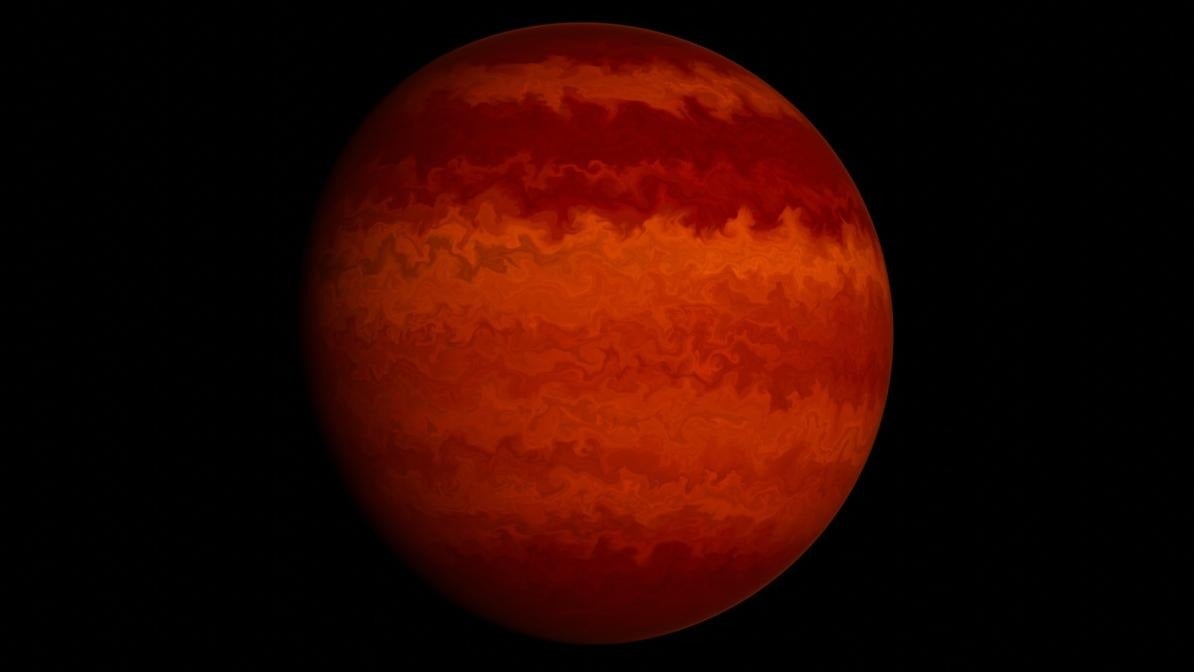
Astronomers have discovered a planet beyond our solar system that’s so cozy with its host star, its supremely puffy atmosphere should have been stripped down to bare rock billions of years ago. Yet the planet’s thick air has endured its star’s immense radiation for possibly billions of years, challenging conventional theories about how planets age in extreme, radiation-filled environments.
A little over six times as big as Earth, the newfound “hot Neptune” orbits close enough to its star such that a year lasts just about four days. Bloated Neptune-sized planets with such tight orbits are rare finds, as models predict radiation from stars strip the planets of their atmospheres, often exposing bare rocky surfaces. Yet, the 6-billion-year-old planet, which circles its star six times closer than Mercury orbits our Sun, flaunts a remarkably inflated atmosphere rich in hydrogen and helium.
While it is officially cataloged as TIC365102760 b, the discovery team has nicknamed it Phoenix for its persistence to survive the star’s immense radiation.
“This planet isn’t evolving the way we thought it would,” study lead author Samuel Grunblatt of Johns Hopkins University said in a statement. “We don’t know why it still has an atmosphere when other hot Neptunes that are much smaller and much denser seem to be losing their atmospheres in much less extreme environments.”
Phoenix is spotted by TESS
Phoenix was discovered by NASA’s Transiting Exoplanet Survey Satellite (TESS) when the telescope recorded telltale dips in starlight each time Phoenix crossed the face of its star. Follow-up observations with the Keck Observatory on Hawaii’s Mauna Kea volcano helped confirm the find.

It’s possible the host star may be much less active than models predict, which would delay the rate at which Phoenix’s atmosphere leaks into space, according to a paper published last week in The Astronomical Journal reporting the discovery.
Alternatively, the researchers suggest Phoenix may have been in a larger orbit further from the star a few billion years ago, when the star would have flared more frequently than it does now. The planet could have retained its atmosphere by avoiding the star’s most active phase and migrated inward to its current four-day orbit. However, it’s unknown just what would have provided Phoenix that push; there are neither other known planets in the system nor is Phoenix’s orbit highly elliptical, as would be expected from a migrated planet, the researchers say.
Observations of other Neptune-sized puffy planets suggest slow-spinning stars fail to evaporate their planets’ atmospheres. For instance, late last year a different team of astronomers studying LTT 9779 b, a similarly inflated planet circling its host star under a day, found the star rotates at a rate of a kilometer every second — a snail’s pace compared to 100 kilometer-per-second (or about 62 miles per second) spins of most hot stars. Fast-spinning stars are known to flare more often, leading to accelerated loss of atmospheres of nearby planets.
In another 100 million years, Phoenix will gradually spiral toward its star before eventually being engulfed — a fate that awaits many worlds, including Earth. Our planet has about 4.5 billion years before our Sun runs out of hydrogen fuel and balloons into a red giant, swallowing all planets up until Mars (which will likely remain bound to the Sun after its death).
There are no signs that Phoenix has already started gliding toward its star, the new study found. Only two other planets have been found in the process of being doomed, including a world named Kepler-1658b, whose orbit astronomers estimate is shrinking at a miniscule 131 milliseconds per year.
“We don’t understand the late-stage evolution of planetary systems very well,” said Grunblatt. “This is telling us that maybe Earth’s atmosphere won’t evolve exactly how we thought it would.”









